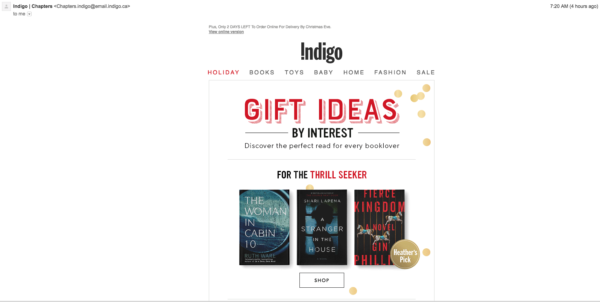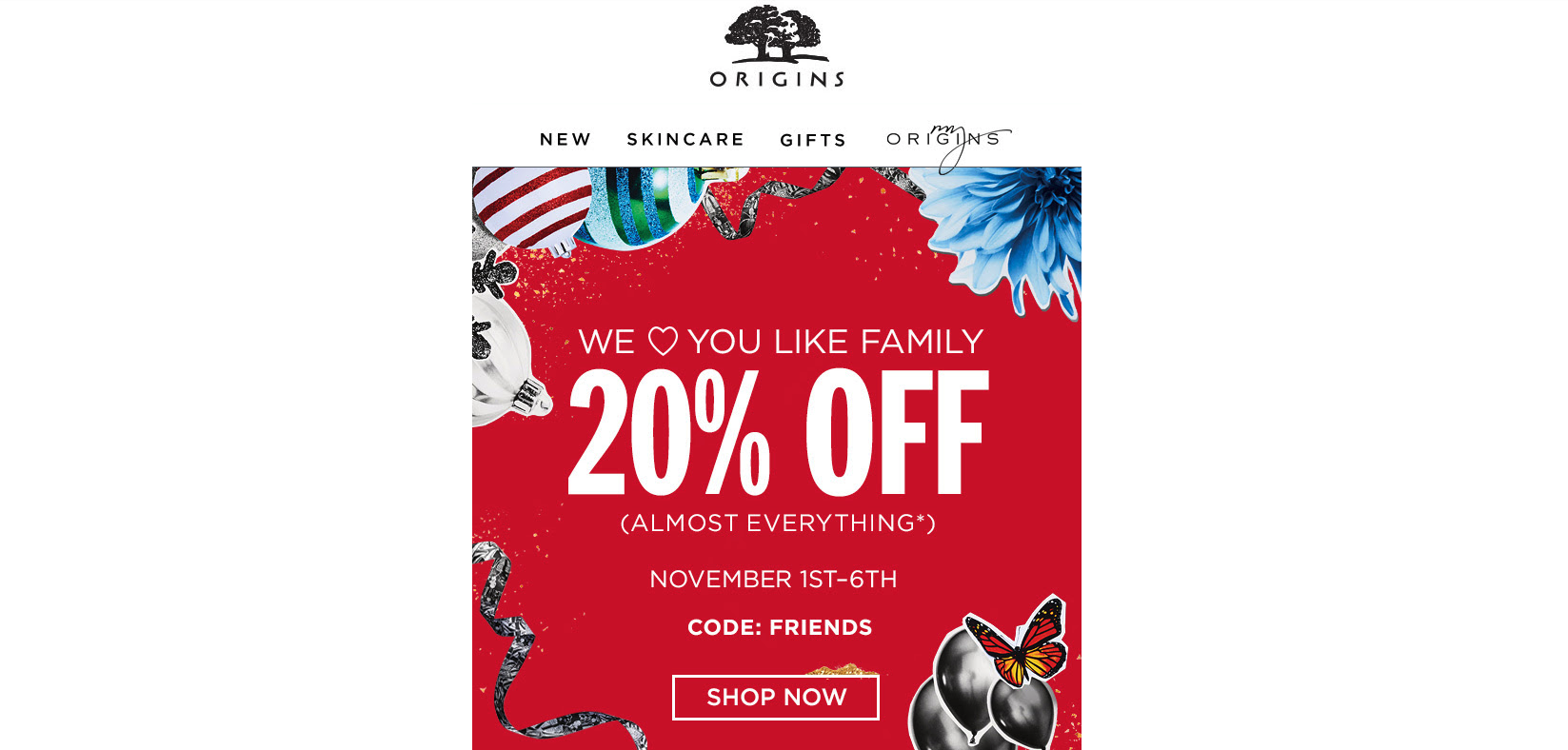If you’re an ecommerce entrepreneur wondering whether your business needs a blog, the answer is a resounding yes. Posting relevant content frequently helps ecommerce businesses improve SEO (search engine optimization), drive traffic to their online stores, build an audience, engage with customers, and ultimately, drive sales.
Ecommerce Blogs Improve SEO
It is critical that your ecommerce business rank high on search engines so that customers can easily find your site organically. When you have a company blog, each post that you publish creates an additional page for search engines to index. In addition to valuable content, internal links and relevant keywords in your articles help search bots crawl your website more effectively. In addition, posting often signals to search engines that your site is active and updated, which also results in a more favorable ranking.
Ecommerce Blogs Drive Traffic to Your Site
When you have a blog and you update it often with helpful, high-quality content, not only do you give people a reason to visit your website, but you also entice them to return to your site regularly. Posting how-tos, tips and tricks, trends, etc. on your ecommerce blog can help your store attract regular traffic.
Ecommerce Blogs Help You Build an Audience
Having an ecommerce blog that features high-quality content can help you build a reputation as an industry expert, which in turns builds credibility and trust. As customers start trusting your blog, and company, they may come to you every time they have a question that they think you can answer.
Ecommerce Blogs Enable You to Engage with Current and Potential Customers
Blogging is an invaluable tool to connect with your current and potential customers. Keep your readers updated by sharing timely information about upcoming products, events you plan on hosting or attending, deals you’re offering, and tips that your audience may be interested in. Invite customers to comment after reading your blog post, and make sure to respond to them to maintain a dialogue and build rapport.
Does your ecommerce business need help starting and maintaining a blog? Trek Marketing specializes in creating SEO friendly posts for small and medium-sized businesses. Contact us to get started!








